
“Where, if not in my own town, should the most extravagant and solid of my work endure, where if not here? The Municipal Theatre, or what remained of it, struck me as very appropriate, and for three reasons: first, because I am an eminently theatrical painter; second, because the theatre stands right opposite the church where I was baptised; and third, because it was precisely in the hall of the vestibule of the theatre where I gave my first exhibition of painting.”
That’s Salvador Dali, speaking about his wish to create a museum to his own work in the shell of the theatre at Figueres, destroyed, like so many other buildings in Catalonia and throughout Spain, at the height of their Civil war.

It’s an astonishing place. Start out in the central courtyard, and you’re confronted by a Cadillac – Al Capone’s allegedly – beside a tower of tyres topped off by a fishing boat. Wander round – in any order, please: Dali insisted there was no timeline or other imperative to be followed.


You’ll discover rooms of paintings in which he worked in the style of other artists as diverse as Vermeer, Picasso, Goya, Velasquez, Millet, de Chirico: was he in search of a personal voice, or simply exploring and celebrating his knowledge of art history? A room full of fantastically bizarre creatures shows an affinity with the work of Hieronymus Bosch, but only a few yards away is a room full of exceptionally fine gold and bronze jewellery, largely made from coins with the heads either of Dali or his beloved wife Gala on them.
Then there’s the Mae West room. Walk in, and you’ll see some random objects: a couch, two wall paintings, a fireplace. Climb the stairs at one side of the room however, and look though the lens, and there she is, Mae West herself, in all her ruby-lipped glory.

It goes on. He’s copied Michelangelo’s Moses: but what’s an OT prophet doing with a giant squid?
Or go and get vertigo while standing four-square on the ground, viewing the dizzying perspectives of the ceiling in the Palau del Vent.

The whole thing was by turns stimulating, exciting, puzzling and sometimes even annoying – bizarre for the sake of being bizarre. We’re really glad we went, though once may be enough. And if you want to know more, there’s an interesting account in the blog ‘Elsewhere’
The Civil War came up again when we visited the Castell de Sant Ferran, just outside Figueres. It’s an enormous, star-shaped site, built in the 18th century to protect the Spanish from the French, but it saw almost no action. But in the 1920’s, Salvador Dali did his military service there. It only came into its own during the Civil War. Then it provided secure storage for masterpieces from the Prado in Madrid, and became a stronghold for international brigades and ammunition.
We spent so long tramping round the walls – it’s a 3 km walk to encircle the entire site – that we didn’t explore the interior, which may have been a pity: some other time. But what a walk! As we began we could clearly see the Mediterranean coast and towns such as Roses. Then the Pyrenees, covered in snow over to the north, and the dusty more barren nearby hills. Figueres itself doesn’t give a good account of itself from up here: modern concrete factories and lots of high-rise blocks.

And that was it. Our brush with the law in Barcelona had left us feeling a bit sour, and we felt our holiday was at an end. So off home for us, planning a return one day to explore that coast we’d caught distant glimpses off from the castle walls.






























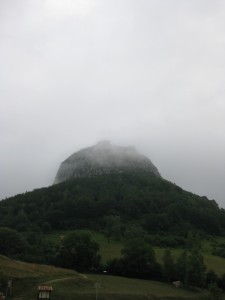


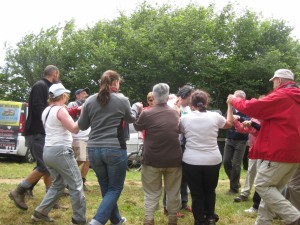















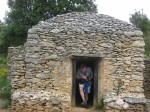
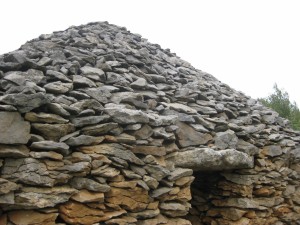


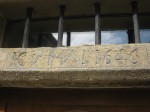
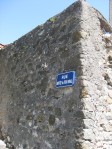
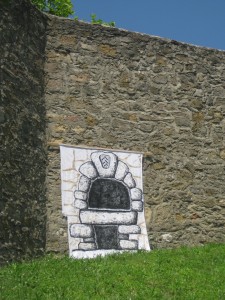


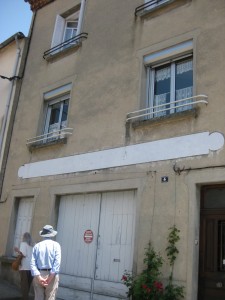


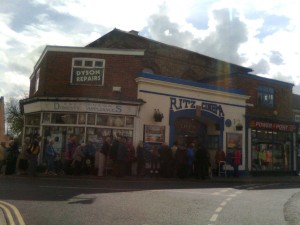
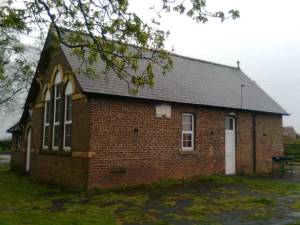

You must be logged in to post a comment.